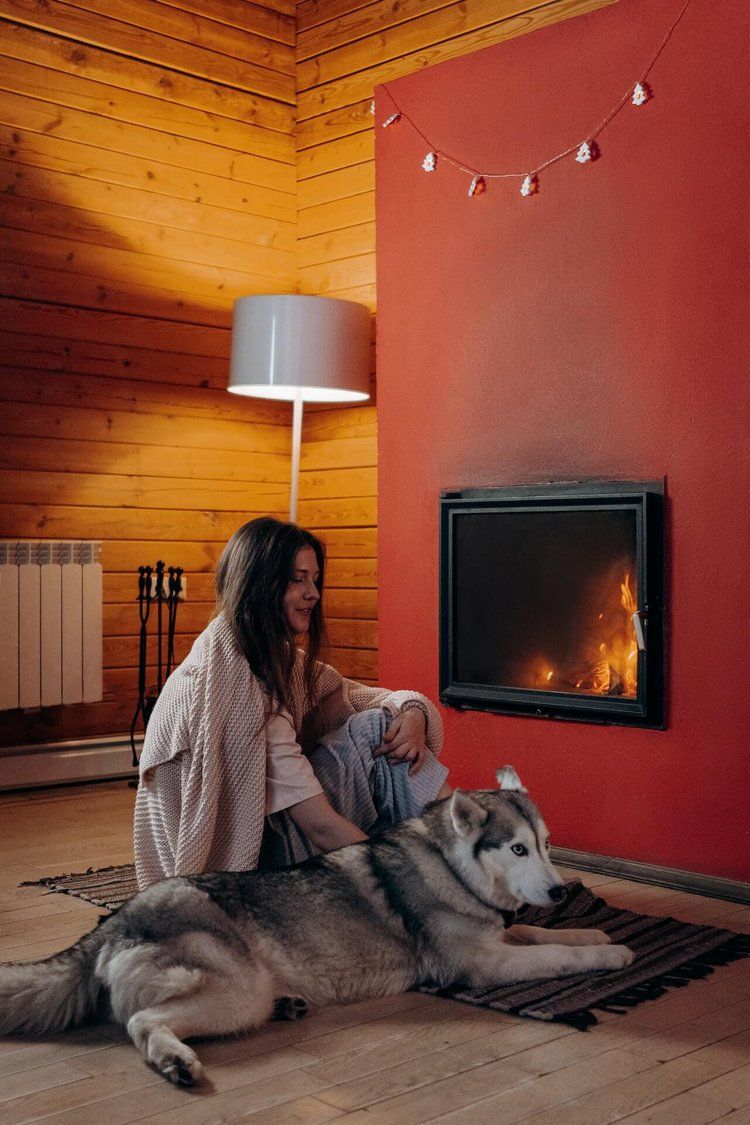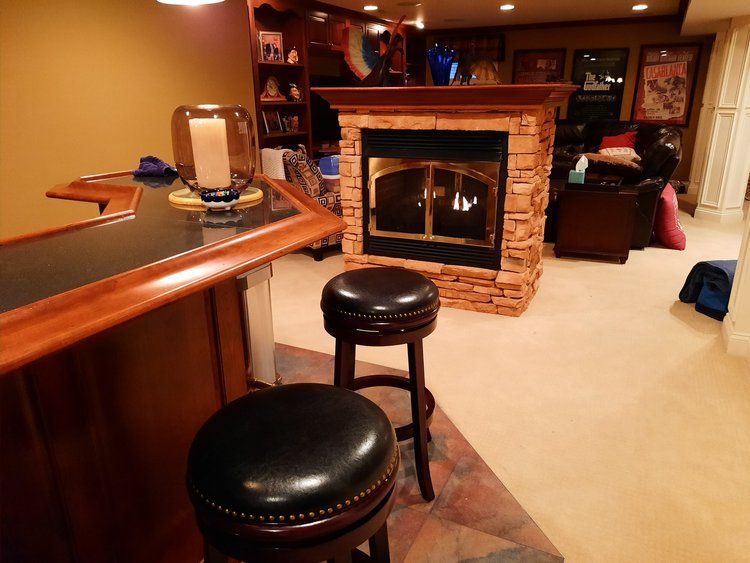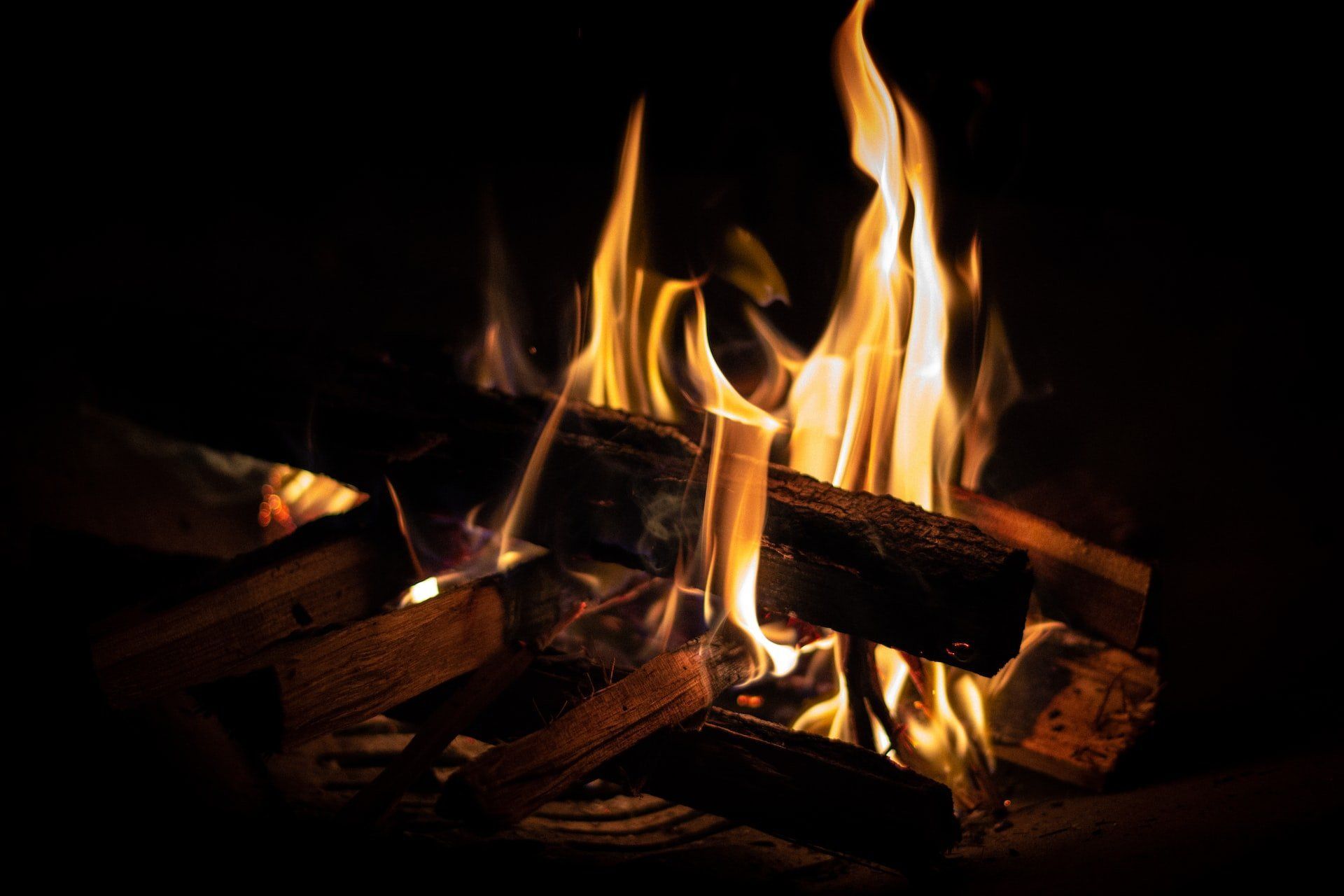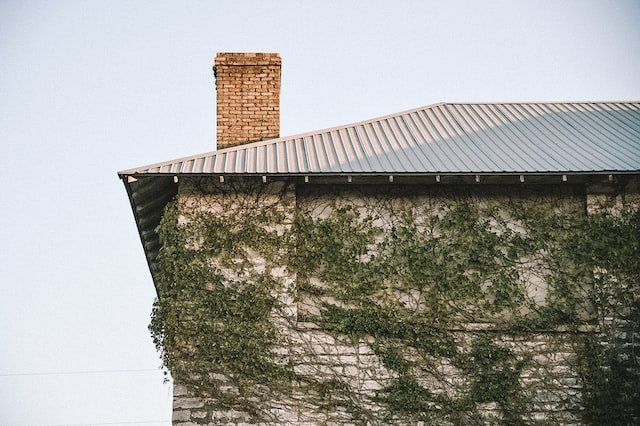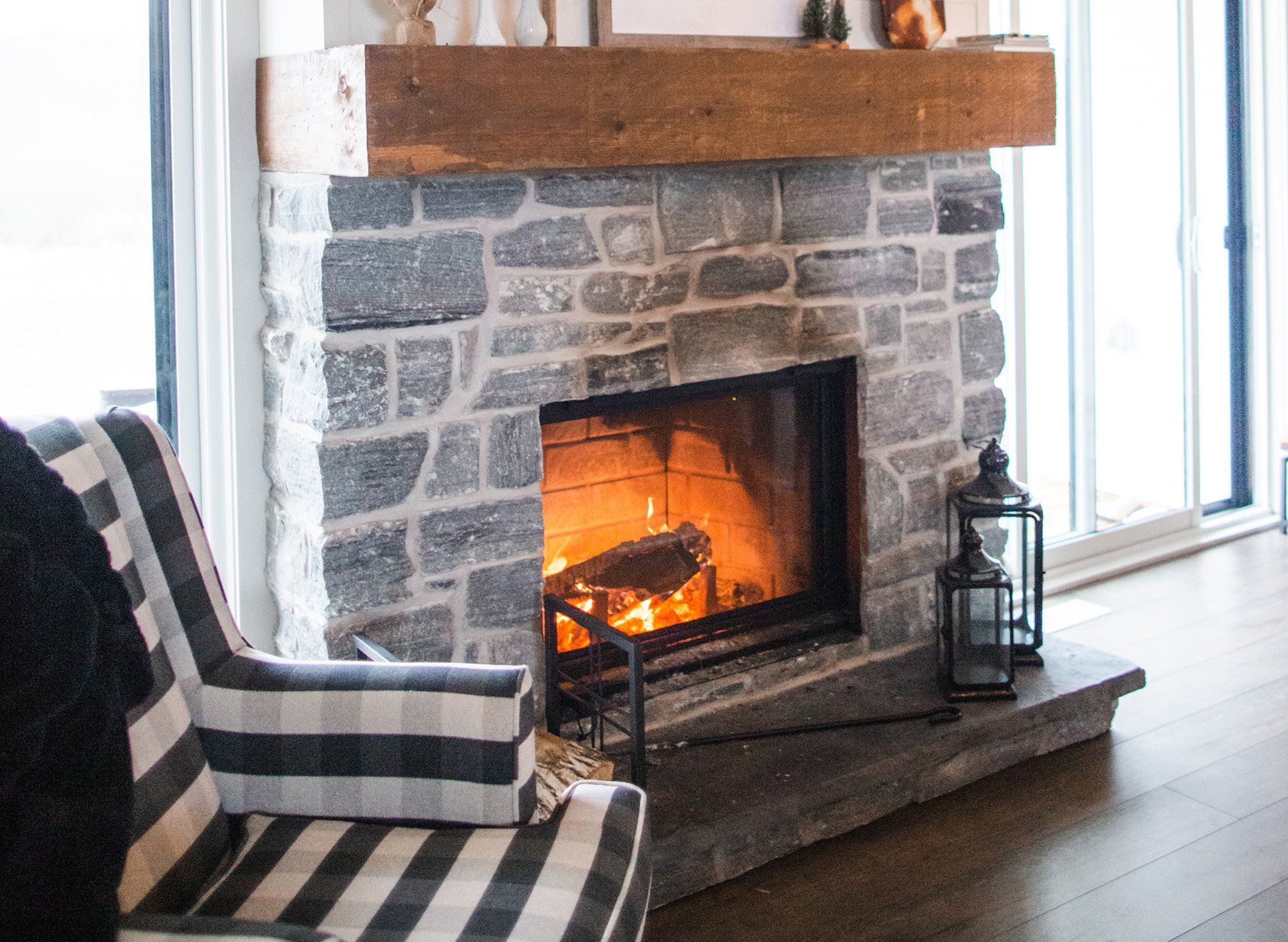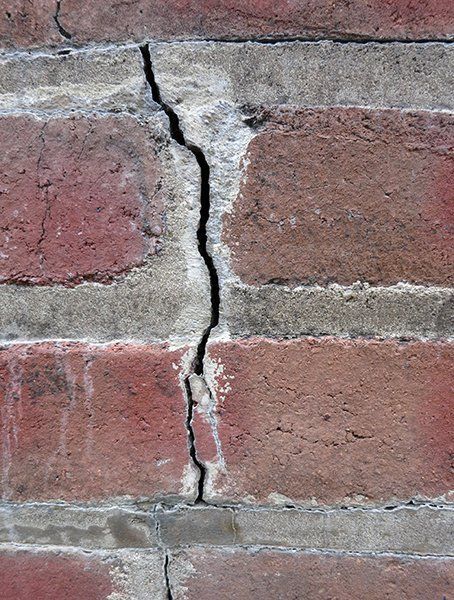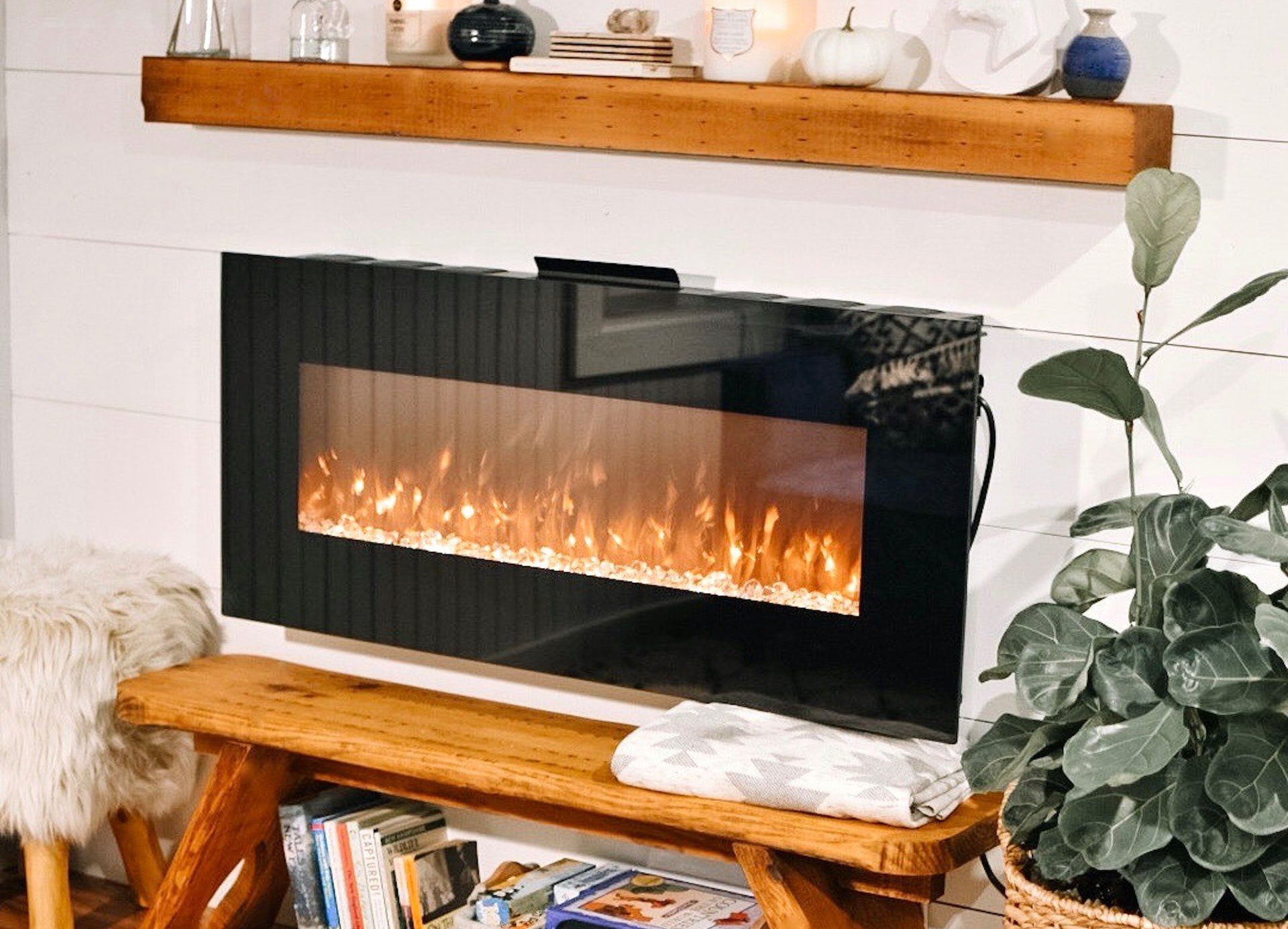How to Prepare Your Fireplace for Wood Burning This Winter
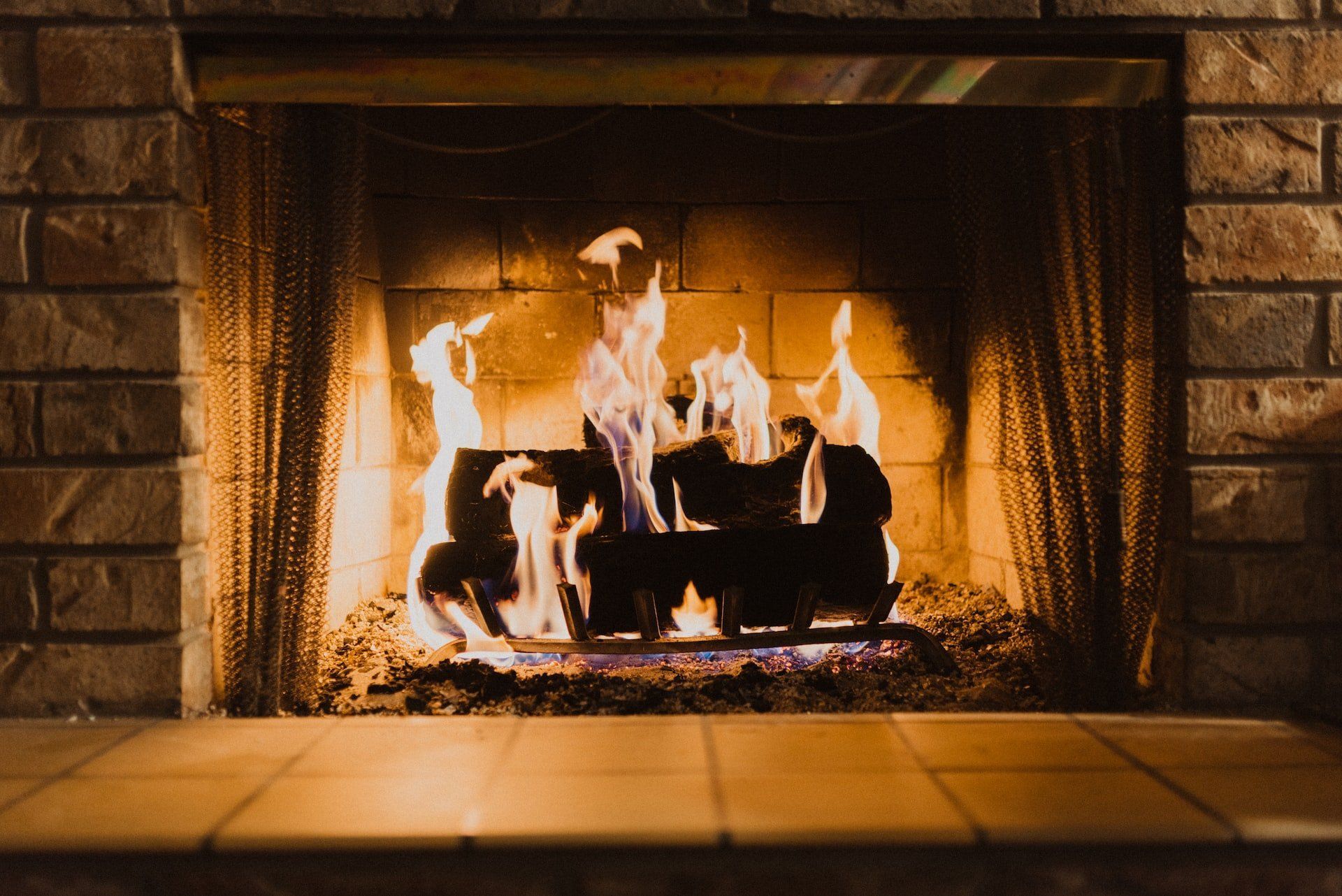
Is your fireplace ready for the winter season? If you’re unsure how exactly to prep your fireplace for the wood-burning season, you’re not alone. We want you to be able to enjoy cozying up by your fireplace this winter, but before you throw in the logs, it's important to ensure that it's in safe, working order to protect your home and family.
In this blog, we’ll go over how to get your fireplace ready for wood burning this winter through a few simple steps. Read on to achieve a safe and cozy wood-burning season with Choice Chimney Solutions.
Hire a Professional Chimney Sweep
Your very first step to prep your fireplace for winter, and one of the most important ones, is to hire a professional chimney sweep. The National Fire Prevention Association (NFPA) recommends that homeowners have their chimneys swept at least once per year, ideally at the beginning of winter, in order to remove creosote and other debris and build-up.
Chimney fires are primarily caused by creosote, which is a highly flammable residue that can build up in the flue lining your chimney. Chimney fires can start when the internal temperature of the flue reaches certain high temperatures, or if sparks reach the creosote and ignite a fire. Your chimney sweep will remove all dangerous residue as well as any other debris, keeping your chimney working efficiently and safely —plus your sweep will alert you to any damage they discover in the chimney.
It's important to choose a professional chimney sweep that you can trust to cover all of the bases. At Choice Chimney Solutions, we’re experts in chimney cleaning and sweeping, complete inspections, and repairs, and know exactly how to get your fireplace ready for winter. We take pride in our attention to detail and commitment to keeping your chimney and fireplace in safe working condition for winter!
Complete Your Annual Inspection
Once you have had your chimney professionally swept, the next step to achieve a safe fireplace for winter is to complete your annual inspection. Your inspection can easily be completed on the same day as your chimney cleaning, but it is important to schedule an inspection at least once per year, ideally before the winter season. Annual inspections help you to catch any small issues early, saving you time and money down the line. To make it super easy, Choice Chimney Solutions offers service plans for annual maintenance!
During your inspection, your fireplace professional will check for damage including cracks in the structure, loose bricks, missing mortar, and any signs of deterioration in your chimney liner. They’ll inspect the chimney cap to ensure that it is firmly attached and in good condition, and will check the fireplace damper for debris that could be preventing it from opening and closing. With all of your winter prep boxes checked, you’ll be able to sit back and relax, knowing that your fireplace is in safe working condition and that there are no serious problems looming.
Choose Your Wood & Burn With Care
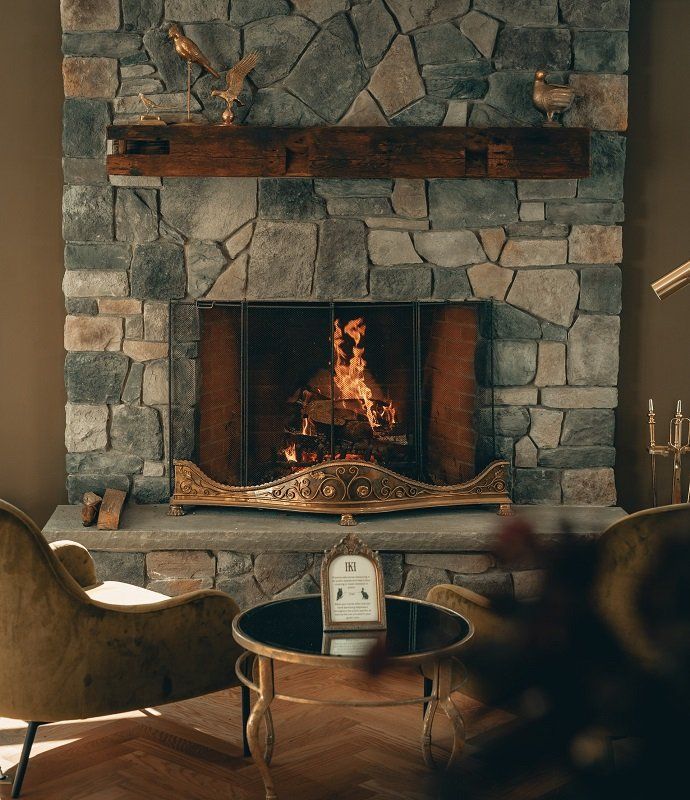
Pick Your Firewood & Test The Moisture
Once you’ve had your chimney and fireplace cleaned and inspected for winter, it’s time to start thinking about how to get your actual fireplace itself ready for winter. Your first step is to make sure that you burn seasoned hardwoods. You’ll want to select a dense wood, such as oak, that has been properly split and stored in a high and dry place for at least one year, which is why it’s advised to buy your wood a year in advance. Green wood and softwoods like pine can produce more creosote, increasing the risk of dangerous chimney fires.
Before using your firewood, it's smart to check to ensure that it’s properly dried. Wood moisture meters are available online to easily test this, and can show you if your wood has a moisture reading above 20%. A 20% or higher moisture reading means that your wood may not burn well and could create excess smoke. It may need to be stored and dried out for a while longer!
Prepare Your Firewood
Remember that your wood should always be stored in a high and dry place for at least six months before it reaches your winter fireplace! When preparing your fire, it’s important to make sure not to overload it. Small fires will generate less smoke, and overloaded, large fires run a higher risk of getting too hot, cracking your chimney, and causing more creosote build up.
To avoid overloading your fire, you’ll need to build it carefully. Place your larger hardwood logs at the back of the fireplace on the metal grate before using kindling (not flammable liquids) to start the controlled fire.
Clear Out Ashes
It's good practice to clean out your firebox once a week, or whenever the ash reaches more than an inch deep. Keep in mind that coals can remain hot for up to three days, so be sure to ensure that everything is completely cool before you go in for a winter fireplace cleaning. Wait at least two days after the last fire, and always use a metal pan or bucket to collect ashes, in case the ash isn’t fully cooled – otherwise hot ash can burn through plastic, including your vacuum cleaner.
To get your fireplace ready for winter, sweep the ashes and dispose of them safely however you wish. We recommend using them for garden beds or compost piles! Keeping your firebox free from excess ash can improve airflow and help achieve a good burn every time, plus it can help reduce allergens and unpleasant odors.
Use an Effective Spark Guard & Keep the Area Clutter-Free

Another effective step to prepare your wood-burning fireplace for safe winter wood-burning is to add a reliable spark guard or heat-proof glass pane. A classic metal spark guard will prevent embers from shooting out of your fireplace, but many fireplace owners opt for the modern and effective option of heat-proof glass doors or screens. These can improve the energy efficiency of your fireplace while protecting your surrounding flooring from sparks. Whichever option you choose, covering your fireplace is important to protect your home and prevent fires, especially in rooms where your fire may be left unattended.
When you don’t use your fireplace for a while in between seasons, clutter can naturally build up in the area. When colder weather is fast approaching, it's time for some winter fireplace cleaning! Clearing the clutter around your fireplace can help you avoid fire hazards, especially when you clear out anything flammable such as furniture, pillows, plants, and rugs.
Let Choice Chimney Solutions Help You to Enjoy a Safe & Cozy Winter Season
Before you spark up the fire this winter, be sure to complete these crucial fireplace preparation tips to keep your chimney and fireplace in safe working condition all season long.
Wondering how to start getting your fireplace ready for winter this year? It's easy with a quick call to Choice Chimney Solutions —we’re your Cincinnati, Ohio-based fireplace and chimney servicing company for all of your fireplace needs! We’re experts in cleaning and sweeping, inspection, maintenance, custom builds, renovation, and restoration for wood-burning and gas fireplaces. If you want to experience total peace of mind this season and relax around your fire knowing that your home and family are as safe as possible, give us a call, email, or submit a contact form today.


